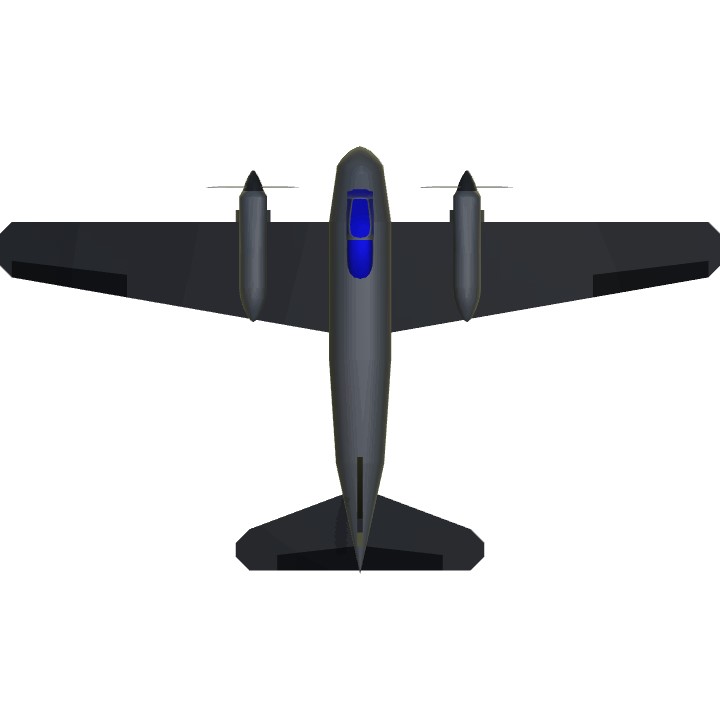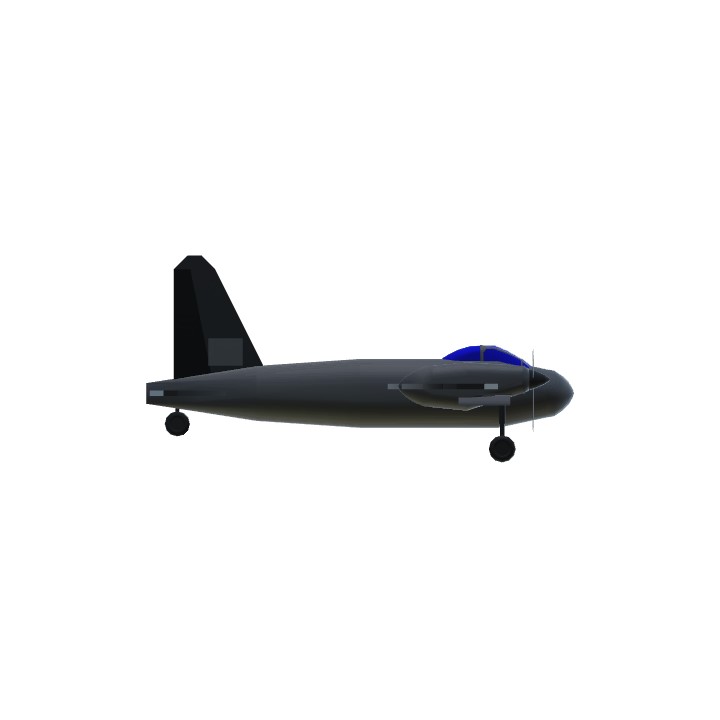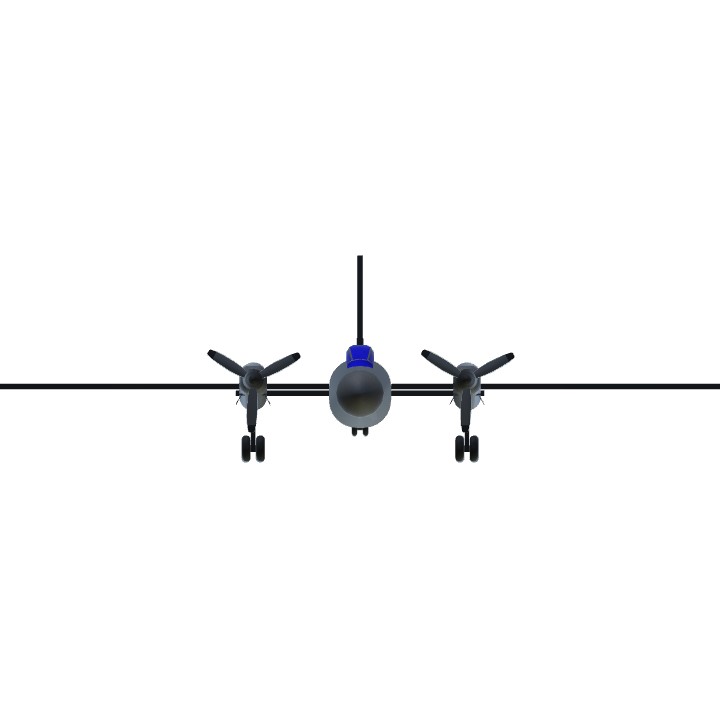Hi! Today I bring you the DH.98 Mosquito. Wait. You know what? I'll let Wikipedia do this.
From Wikipedia:
The de Havilland DH.98 Mosquito is a British multi-role combat aircraft with a two-man crew which served during and after the Second World War. It was one of few operational front-line aircraft of the era constructed almost entirely of wood and was nicknamed "The Wooden Wonder".[4][nb 1] The Mosquito was also known affectionately as the "Mossie" to its crews.[5] Originally conceived as an unarmed fast bomber, the Mosquito was adapted to roles including low to medium-altitude daytime tactical bomber, high-altitude night bomber, pathfinder, day or night fighter, fighter-bomber, intruder, maritime strike aircraft, and fast photo-reconnaissance aircraft. It was also used by the British Overseas Airways Corporation (BOAC) as a fast transport to carry small high-value cargoes to, and from, neutral countries, through enemy-controlled airspace.[6] A single passenger could be carried in the aircraft's bomb bay, which could be adapted for the purpose.[7]
When production of the Mosquito began in 1941, it was one of the fastest operational aircraft in the world.[8] Entering widespread service in 1942, the Mosquito was a high-speed, high-altitude photo-reconnaissance aircraft, continuing in this role throughout the war. From mid-1942 to mid-1943, Mosquito bombers flew high-speed, medium or low-altitude missions against factories, railways and other pinpoint targets in Germany and German-occupied Europe. From late 1943, Mosquito bombers were formed into the Light Night Strike Force and used as pathfinders for RAF Bomber Command's heavy-bomber raids. They were also used as "nuisance" bombers, often dropping Blockbuster bombs – 4,000 lb (1,812 kg) "cookies" – in high-altitude, high-speed raids that German night fighters were almost powerless to intercept.
As a night fighter from mid-1942, the Mosquito intercepted Luftwaffe raids on the United Kingdom, notably defeating Operation Steinbock in 1944. Starting in July 1942, Mosquito night-fighter units raided Luftwaffe airfields. As part of 100 Group, it was a night fighter and intruder supporting RAF Bomber Command's heavy bombers that reduced bomber losses during 1944 and 1945.[9][nb 2] As a fighter-bomber in the Second Tactical Air Force, the Mosquito took part in "special raids", such as the attack on Amiens Prison in early 1944, and in precision attacks against Gestapo or German intelligence and security forces. Second Tactical Air Force Mosquito supported the British Army during the 1944 Normandy Campaign. From 1943, Mosquitos with RAF Coastal Command strike squadrons attacked Kriegsmarine U-boats (particularly in 1943 in the Bay of Biscay, where significant numbers were sunk or damaged) and intercepting transport ship concentrations.
The Mosquito flew with the Royal Air Force (RAF) and other air forces in the European, Mediterranean and Italian theatres. The Mosquito was also operated by the RAF in the South East Asian theatre, and by the Royal Australian Air Force (RAAF) based in the Halmaheras and Borneo during the Pacific War. During the 1950s, the RAF replaced the Mosquito with the jet-powered English Electric Canberra.
Specifications
General Characteristics
- Created On iOS
- Wingspan 42.8ft (13.0m)
- Length 25.4ft (7.8m)
- Height 12.2ft (3.7m)
- Empty Weight 4,787lbs (2,171kg)
- Loaded Weight 6,648lbs (3,015kg)
Performance
- Horse Power/Weight Ratio 0.3
- Wing Loading 24.7lbs/ft2 (120.6kg/m2)
- Wing Area 269.1ft2 (25.0m2)
- Drag Points 2542
Parts
- Number of Parts 33
- Control Surfaces 5
- Performance Cost 258






@ACMECo1940 👍👍
Thanks?@sunnyskies
Thx@Liquidfox thx@Booster456
Thx@arcues ok and thx@GoldenEagle @RAF1 thx
@ACMECo1940 yeah... I said that he beat me my record of 15 seconds in my friend's creation
Hey hey hey it's not a race guys!@GoldenEagle @arcues
@arcues damnit you beat me
world record 13 secs